In episode 58 we visited Ichinuma, a pond in a highland plain called Shigakougen, which was the first colour of this Autumn for me here in Japan. I mentioned that I would like to go back to the same place a week later, although I wasn’t sure it would be possible. Well, I went back, last weekend which was the 14th and 15th of October, and today we’re going to take a look at some more shots from just a few hours each of these two days. I’m also going to talk about the need to be determined, persistent, and quite often resilient, as things don’t always go our way.
Also, before we move on to the main topic, I’d like to make a quick apology for not getting an episode out last week. I’ve been very busy recently with other commitments, and we’re continuing to have problems with the Web site, so I’ve had to spend most of what little spare time I could find, troubleshooting the issues and working with the technical support. I have now also rented a new server with a different company to the one I have the martinbaileyphotography Web site and the members’ galleries Web site server with, and I’m trying to move the audio files to this second server for download, but I’m having trouble with the settings on that server too, and things still are going as smoothly as I’d like. Anyway, without boring you with too many technical details, I am working hard to improve the situation, so please do stay subscribed, even if it takes a little time to get the newest episodes, from both a release schedule and download availability perspective.
So the weather forecast was for a cloudy start to Saturday, and then a clear sunny Sunday. So on Friday night, I talked the missus into coming with me, and I booked a hotel for Saturday night, so that I could get to the place that I wanted to shoot, looking down the mountain side from a pass called Shibutouge. The Sun was due to rise at 5:44, I think it was, and at this time of year I was going to have to get there probably an hour before that, believe it or not, to get a place to set up my tripod amongst the other photographers, each trying to make their own version of the scene. That means I need to get parked up by 4:44AM, and to do that after driving from Tokyo, I’d have had to leave my apartment shortly after midnight and drive through the night. Or drive through the evening, and sleep in the car before getting up for the shoot. Either would work for me, but I wanted to take my other ‘alf and take it easy a little bit this time, as I’d driven through the night the previous week.
Anyway, I still got up at 6:30AM on Saturday, to start the four hour drive before the traffic around Tokyo got too heavy, and would quite possibly add an extra hour or two to the journey. We loaded the car up and were on the road shortly after 7AM. I’ve found that getting out of Tokyo after 7:30AM can cost quite a lot of extra time, especially if there’s an accident or something. So basically this meant that we arrived in the area around noon, and had some time to talk a look around, and shoot a few shots before sundown, and do a little reconnaissance of the area I’d shoot from at dawn the next day.
Let’s take a look at one of the shots I uploaded from the first day, which is image number 1139. Last week when we looked at shots from this area, I said that the autumn leaves would probably be even better this weekend, but actually I was surprised to see, as we can see here, the leaves had already fallen from most of the trees in the area. This did allow me to get a nice graphic image of the white skeletons of the trees without the leaves, and there is just enough colour to keep the shot lively, but this shot now has an almost wintry feel to it, or at least very late autumn. You can see how I composed this with almost the same amount of reflection as the actual trees, with the edge of the pond just above center. I don’t like to position anything in the centre of the frame, especially horizons, which I guess this could be likened to, but sometimes it works, as I think it does here. I also composed this image with the edge of the lake that is getting closer to us coming round on our right as we view the scene, and the large evergreen tree on the left also, helping to stop our eyes from running out of the frame to the right or left. I used a tripod for all the shots we’ll look at today, and this particular image was made at F11 for 1/8th of a second. I was in Aperture Priority mode, and exposure compensating to the tune of minus two thirds of a stop. I pretty much always use center weighted metering though, and this was probably necessary because the centre of the scene is darker than the surrounding area. I’d say this scene would have been better metered, and probably need no exposure compensation at all had I switched to evaluative metering, but I’m just so used to using centre weighted, I rarely use any other, apart from spot metering on occasion. I also did quite a bit of cleaning up of the surface of the pond here. I usually don’t do much retouching of images, but I found there were a number of white specks on the surface of the water that looked more like dust on a scanned image than parts of the actual scene, so I cleaned them up.
Now, I did go on further up the mountain to and shot a fair number of other photos in the next hour or so, but the trees had almost lost their colour in many places and the sun was getting so low in the sky by this point that many of the areas of the mountains were in shadow, so I really wasn’t turning out anything that I would consider up to my current standards. I went to the point that I was hoping to shoot from the following day, and noticed that the small lay-by or pull-off in which you can park around 10 cars was already full, and a number of cars were parked on the road either side. I entered the point into the memory of my car navigation system so that I could easily see how long it would take me to get back there the following morning, and made my way back to the hotel. It was going to take around 15 minutes, so I figured I’d better get up at 4AM and leave the hotel by 4:30AM to get to the same point an hour before sunrise to ensure I got a spot to not only park my car, but to set up my tripod. That’s exactly what I did, but I couldn’t believe my eyes when I turned up at 4:45AM on the Sunday morning to find that not only were the same 10 cars or so that I’d seen here 12 hours before were still there, there must have been fifty or so cars parked either side of the lay-by, and people were turning up along with us. There was a large car park around 10 minutes walk from the best spot to shoot from, but I figured if I was to have any chance of finding a spot to stand my tripod here, I was going to have to be quick in getting out there, so I went past the line of cars once, turned around, and parked it at the other end of the line that I’d just driven past. Still a five minute work back to the lay-by, I really couldn’t believe my eyes at the number of people here waiting to shoot the scenes we’ll look at shortly. I wanted to photograph them just to show you guys, but I wanted to get setup and decided not to. By the time the sun rose and I could see everyone, there must have been at least a thousand people, maybe more, setup with their tripods all along the road for maybe a few hundred meters. They were standing in multiple rows, some in front of the barrier at the side of the road, on a small ledge that has been calved out over the years. There was another line behind the main line, shooting through the gaps, and a large number of people just wandering around not being able to find anywhere to set up.
I myself had found a gap, maybe two feet wide, and stuck my tripod with two legs running parallel to the barrier at the side of the road, well actually, at the back of the lay-by, and the legs were intertwined, with the two tripods of the people either side of me. It was tight, but there really was no choice but to get in here while the slot was free. I’m sure if I had not jumped in here, one hour before sunrise, I would have been one of the poor guys that came all this way out here only to wander around at the back, trying to find a gap to poke my lens through as the light changed.
By the way, this lay-by is the highest point of all the roads in Japan at 2,172 metres or 7,125 feet. Until the sun came up, it was really cold for this time of year, at 2 degrees Celsius or almost 36 degrees Fahrenheit. It wasn’t raining, but I put on my rain proof trousers and jacket for the wind proofing they provide and a little extra protection from the cold. Still, it was a little uncomfortable, and to be honest I wasn’t expecting it to be quite this cold. I’ll definitely bring warmer clothes if I come back here in future years. Let’s take a look at shot number 1140 which was shot around 30 minutes before sunrise. This was shot at F5.6 with a shutter speed of 5 seconds. We can see the faint line of the mountains in the valley below, and just a couple of specs of light from the town down there too, but I shot this for that break in the cloud with the swirling lines and the small cloud that was flowing through the middle of the break. I’m not sure if this is a real winner or not, but I quite like the mood of the image and the abstract feel of the clouds, that are accentuated by the slight movement introduced by the five second exposure.
I shot the next image, number 1143, at 5:57. The sun was now above the horizon having risen almost 15 minutes earlier, and we can see here that a thick blanket of cloud along the horizon was stopping the sun’s light from hitting the landscape below. At the top of this image we can see where the clear sky starts, and there wasn’t a cloud in the sky about that. The sun poked through a gap in the clouds a few times, and at this point, the gap was slightly smaller in the middle, making the sun split almost into two, looking like a pear of a eyes peeking through. The mountains in the valley are now more visible, as are the sea of clouds in the foot of the valley. This was shot at F11 for 1/80th of a second now, with minus one and one third of a stop exposure compensation to stop the sun and the golden lining on the clouds from blowing out too much. I used ISO 100 for all of these shots by the way.
It was now possible to shoot the scene I was hoping to shoot, but as we can see in image number 1141, shot three minutes before this last image, as I feared on seeing the trees the day before, much of the colour was now gone from the trees that would have made this the shot that a several hundred other photographers as well as me were here to capture. If there was no cloud on the horizon, in that perfect world scenario, this scene would already have been bathed in the golden light at the first few minutes of the day, and I probably could still have salvaged a much better image, but it wasn’t to be at this point. By the way, this was shot at 1.3 seconds at F11, again at ISO 100.
Let’s look next at image number 1144, which I shot at almost 6:30AM, 45 minutes after the sun rose. You can see now that sun has cleared the clouds totally, creating an extremely bright light source in the top left of this image. Shot at F11 for 1/40th of a second, with minus one stop exposure compensation, this time I’d switched to my 24-105mm F4L lens, instead of the 70-200mm lens I’d used for all the other shots. This allowed me to include more of the scene, including the slope we closed in on in the last shot, and we can also now see part of a volcano mouth in the top right, and some vents letting of steam too. In the bright area there are mountains in the valley below, but these are just not visible because of the brightness of the sun by this point. As the sun had been hidden behind the clouds for the first 45 minutes, by the time it blessed the entire vista with it’s light and warmth, it was already quite harsh. We are really at the end of the golden time now. People, including myself, often call this light the golden hours, but in reality, it’s just a number of minutes.
To salvage something of the situation, I switched back to my 70-200mm F2.8L lens, and closed in again on the only part of the scene that had any autumn colour of note left. We can see this in image number 1146, shot again at F11 for 1/30th of a second this time. This was minus 1/3 exposure compensation. We can see now that many of the golden yellow trees’ leaves are now fallen, with a fair few left in the bottom half of the shot, but many also now in their skeletal winter form. The thing with this shot though, and the reason for closing back in, is that there are still a number of orangey-red trees left. Had the weather been on my side the previous weekend, and I had already scanned the area to find the best spot to shoot from, I might have been in time for this hillside at it’s best, but again, this wasn’t to be this year, and the shots we’ve just looked at are about the best I could scramble together for now. I was really pushing the light too, and as I shot these last few images, the hordes of photographer’s that lined the road on the top of this mountain were now down to about the last 10% of their earlier numbers.
As I walked back to my car, now sitting alone, five minutes along the road, I started looking out for other photographic opportunities, and I did notice one last shot, which I think may well be my favourite from the day. Ironic, as it was not the scene I was here to capture! Anyway, let’s take a look at image number 1147, which I’ve entitled Natural Gradation. I’m looking back in the direction of the sun, with my hand held in front and above the lens hood to shield some sunlight that was causing flare that the lens hood could not stop. The tree to the left is an evergreen, still with leaves, but the one to the right has died. These trees are locked in ice for the few months from about now until next spring, and so the road is lined with white skeleton trees like this, that make for nice models. I shot one or two of them on the other side of the road with a nice deep blue sky behind them, but the results weren’t special. This though, I really like, with the gradation in the sky, from the just visible mountains in the valley, to the line of cloud at the top of the image. Of course, I’ve metered for the sky, allowing what is actually a pure white tree, to fall totally into silhouette. Again though, this is not a real winner. Had there been a hawk sitting on that tree, like one I shot in a different situation about this time last year, it would have been really special. That would take a different level of determination and perseverance though, the sort that nature photographers who sit in hides for weeks and months for just a single shot. I’m afraid however dedicated I am, I simply can’t afford that amount of time.
We went back to the hotel for breakfast, and I shot a few more scenes along the fifteen minute drive, and some of them are uploaded to my Web site. We’ll look at one more before we finish, but for now note that I’ll put a link to all of the shots from this weekend into the show notes. After breakfast, I stopped off at the Kanman falls, which is just a one minute stroll from a car park on the way down the mountain from the highland plains. The light was very harsh as I shot image number 1150 at almost 10:30AM. This image was made at F16 for 1/15th of a second, again at ISO 100. As I got to the point where I could see this vista, although amazed at the beauty of the scene, there was a lot of haze between me and the subject. You can see some remnants of that haze in this shot, but I had to do a lot of playing with the curves and saturation in Photoshop to get to this point. I also selectively brightened the water in the falls as it really just didn’t stand out very much as shot. I think I made something from this situation, but again, this probably could be a much better shot if I got here at the right time of day, probably before sunset, but I’m not sure. I’ll look into this more if I get a chance to come back, other than for the shot I’m now after from the main location we’ve talked about today. For this particular day, I didn’t want to get back home too late, and I still have a lot of other work to do, so I decided start the four hour drive back to Tokyo after this, leaving the harsh light to all of the tourists now making their way up the mountain in the opposite direction.
OK, so I’ve titled this episode “Determination, Persistence and Resilience”, so before we wrap up for today, let’s think about what I mean by this. Firstly, to get the shot we want, it is important to be Determined. You have to want that shot, and you have to go out of your way to get it. If you’ve followed my Podcasts for a while, you’ll know that I go to great lengths to get to a certain location, at the right time of the day, and the right time of year. The thing is as with this location and with, as another example, the flower fields that I finally captured the way I wanted this year after visiting Hokkaido in the summer a number of times over the years, there is no guarantee that determination, and the commitment necessary to get to a certain place at the right time, will actually get you the shot. From this area, I believe I have some nice shots of the colour of the autumn leaves reflecting in the ponds from last week, but I want to improve on them. I also think I have some nice shots from this location on the mountain pass, Shibutouge, but not what I wanted. There is a lot of improvement to be made in both subjects. So I have to be “Persistent”. I travelled 4 hours here and 4 hours back home last weekend, and the weekend before that, so I’m being persistent on a small scale, but as I don’t yet have what I want, I’ll be coming back next year, or at some point in future years. I’ve learned that I need to be here before sundown on the previous day and sleep in my car to get a better spot to stand too, which is going to take even more determination and persistence. I have, and will continue to build on my repertoire of locations, that I will continue to visit throughout the year building my portfolio and setting myself up for much more success as a photographer. It is not easy though as no amount of determination and persistence on our part is going to change the all important element, the weather. Adjusting to weather conditions is very important and is what enables us to come away from shoots with useable images, but it sure can get in the way of getting the exact image we want, or require for our portfolio. So here’s where Resilience comes in. We have to be able to take the knocks. Of course, I’m not just talking about setbacks caused by the weather, there is a steep learning curve to get to where we long to be as photographers. And once we get where we thought we wanted to be, we reset the bar much higher, and continue to improve. Everyone else is improving, so if we don’t too, we become stagnant and get left behind. Also, we will take knocks from other sources. We might receive a harsh critique for one or more of our images. This is always hard to take, but we have to learn to take the advice that seems to naturally make sense and that we are comfortable with, and work it into our shooting or post-processing workflow. We also have to learn to shrug off the advice that we don’t agree with, which is fine, and we need to reset our feelings so as not to become paralysed by the fear of making the same type of image. So when things are not going your way, or according to you plan or your wishes and desires, we must be resilient, and bounce back quickly, moving on to better things. Because if we are determined, persistent and resilient, there is almost certainly going to be some amount of success waiting for us further down the road. And once we get to that point, because we’re determined and persistent, we’ll reset the goals, and continue on to further success.
So that’s it for today. By the time most of you listen to this episode, the Assignment Album will be locked, taking no more submissions. I’ll be locking it tomorrow, on my Monday here in Japan, to make sure that all of you are able to upload your images right until the end of your Sunday the 22nd of October. If you are quick to listen to this episode, you might still have a few hours to upload your image if you haven’t already. There are some amazing shots in the album already though, so thanks very much to all of those that have already submitted your image. If there should be any more site problems that prevent you from uploading your image, please email your submission to me at info@martinbaileyphotography.com, before the end of your Sunday the 22nd, and I’ll add it to the album for you. I can change the owner to you in the database, so this isn’t really a problem.
Once the album is locked, voting will start. There will be a black “Vote” button above the images in the Reflections album that when clicked will add your single vote to the image you chose. If you want to mark an image that you think is just great as you look through the album but want to change your vote afterwards, all you need to do is hit the vote button again. You’ll then see a message asking if you want to change your vote to the new image and remove it from your previous selection. Just click to apply your vote if that’s what you intended to do. You can change your vote as many times as you like until the voting stops two weeks from now at the end of November the 5th. You don’t have to have submitted an image yourself to vote. All members can vote regardless, but you will need to register on the mbpgalleries.com web site, as I still haven’t gotten around to linking the two sites. I’d like to get as many people voting as possible though, so that we can really show all the entrants how much we appreciate them taking time out to shoot for this assignment, and this is your chance to let them know which shot you think is best. The standard is always very high though, so the decision will be tough.
Once again, I’m sorry for all the problems with the site recently. Please do stay subscribed. Things will be back to normal very soon. So have a great week, whether you’re out shooting or whatever you do. Bye bye.
Show Notes
Music from Music Alley: www.musicalley.com/
Subscribe in iTunes for Enhanced Podcasts delivered automatically to your computer.
Download this Podcast in MP3 format (Audio Only).
Download this Podcast in Enhanced Podcast M4A format. This requires Apple iTunes or Quicktime to view/listen.

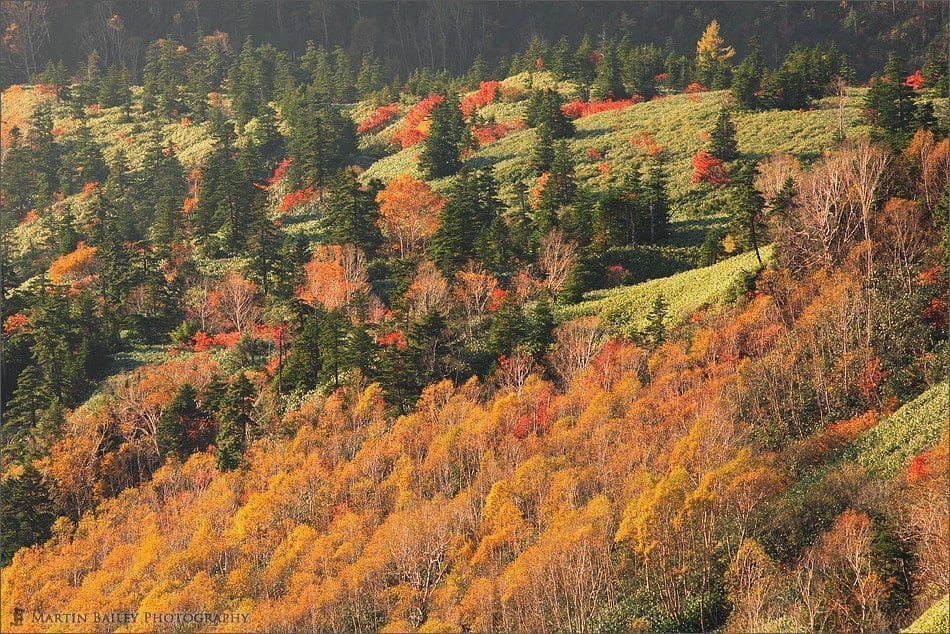

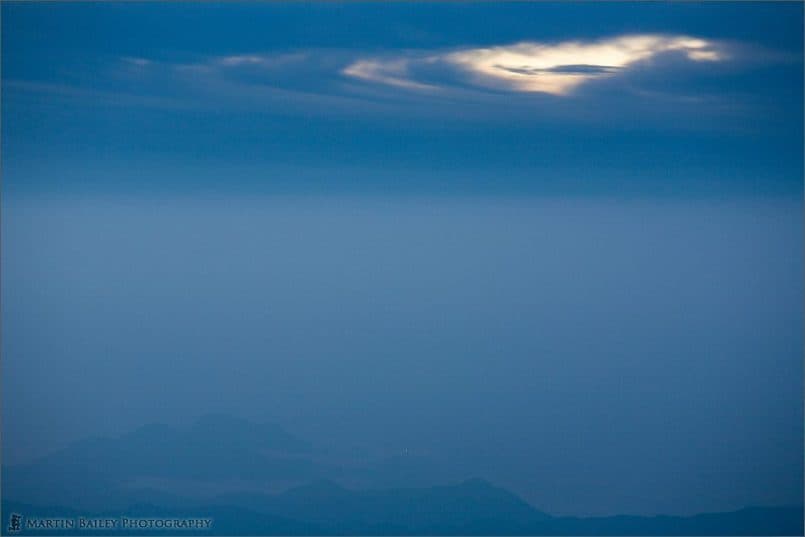
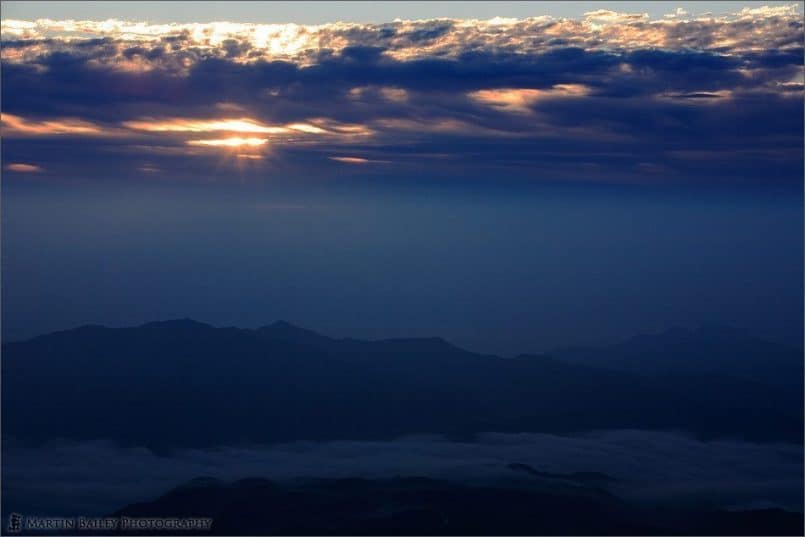
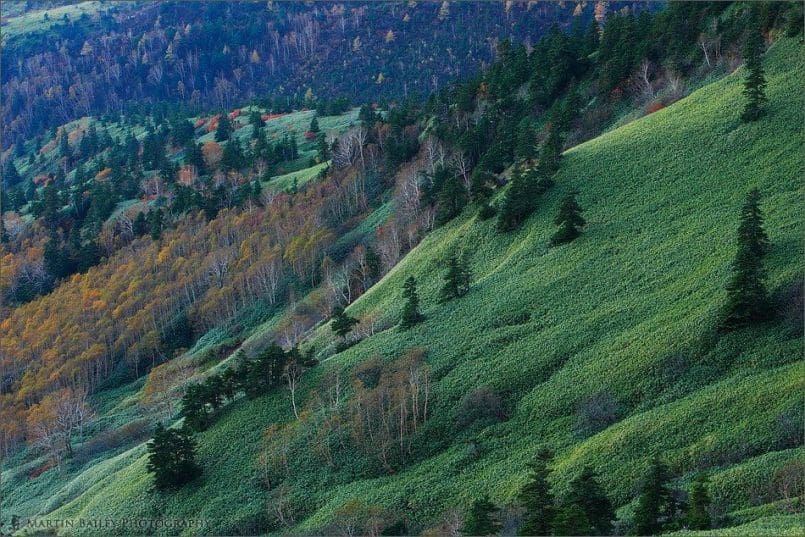
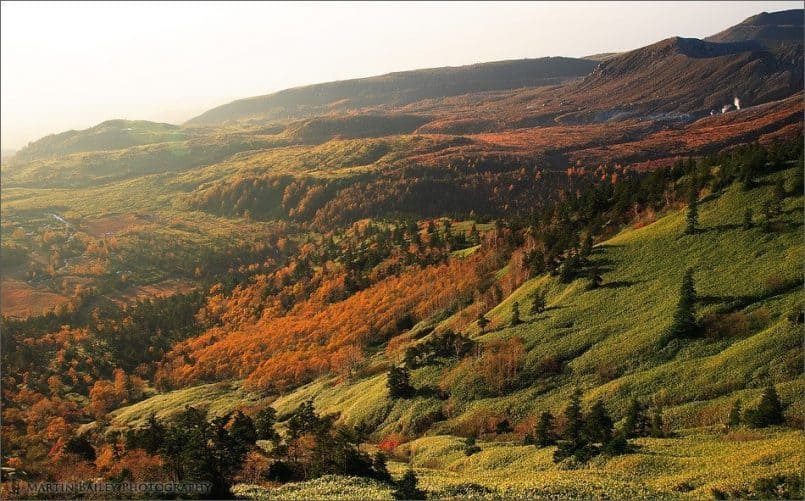
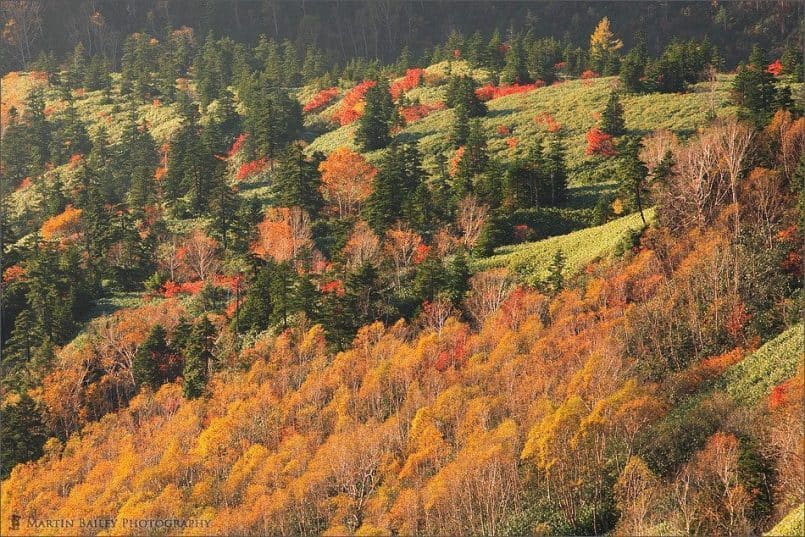
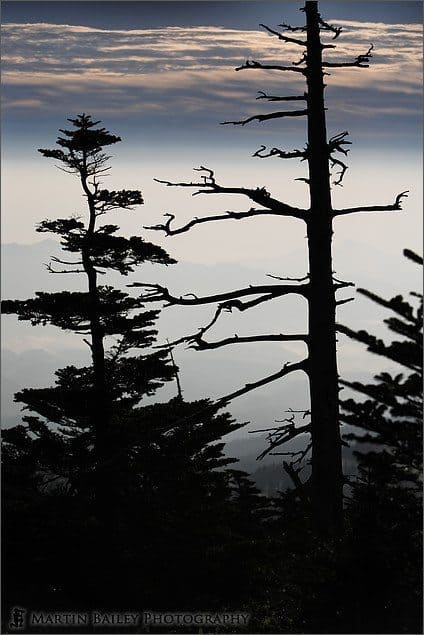
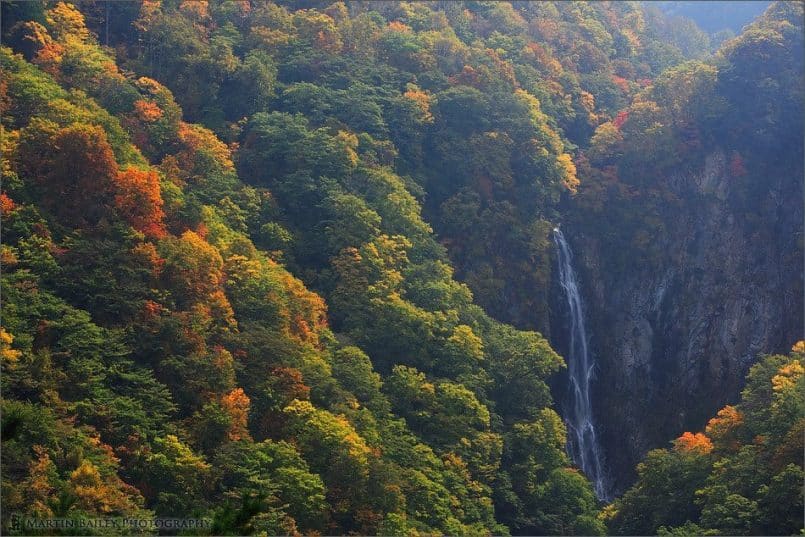

0 Comments